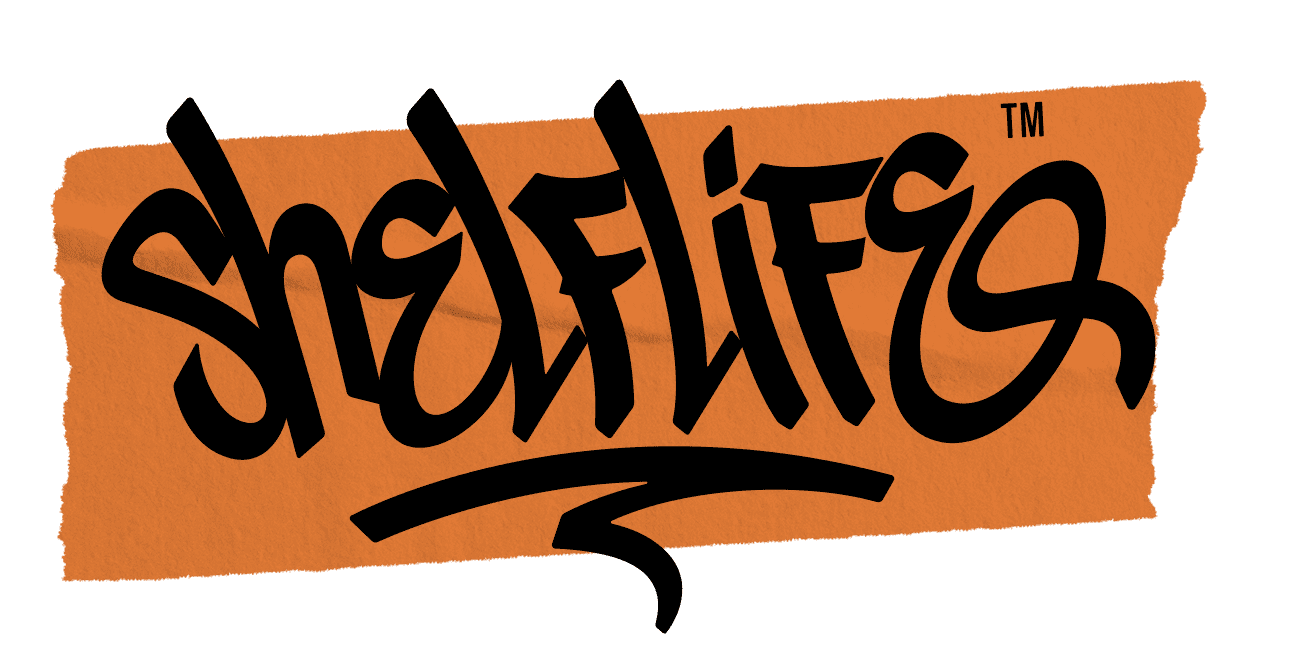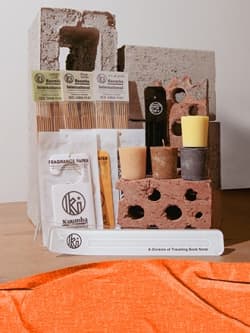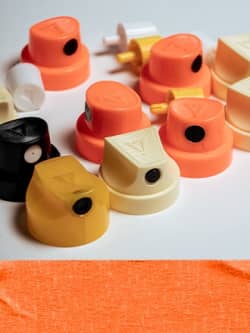A Closer Look at Eliud Kipchoge”s Barrier-Breaking Shoes

This week Eliud Kipchoge did something amazing. The GOAT marathon runner had been training insanely hard, getting ready to break the 2-hour marathon time - something that had never been done before. And if you've been on the internet this week you'll know the Kenyan did just that.
But it wouldn't be Shelflife if we didn't take a closer look at the running shoes that helped Eliud achieve this amazing triumph of human resilience, dedication and pure speed.

The white and pink Nike running shoes Kipchoge donned were none other than the Nike ZoomX Vaporfly Next% - a shoe Nike says will make you 4% faster. We spoke about this division of Nike’s running styles in a previous blog sometime ago.
But he didn’t just run in the ones you can buy. While there isn’t much info out yet, Eliud ran in a custom variation of the Vaporfly Next%, with added air units towards the forefront. The good people over at Believe in the Run did some digging and found Nike’s patent from 2018. 
First, the air units are made from TPU and contain something Nike calls “tensile strands.” According to the patent, when fluid is added to the chamber and pressurised to between 15 and 30 psi, the pressure places the strands into tension. The strands then retain their shape of the chamber, although it’s unclear whether that’s to improve cushioning, stability, energy return, or something else altogether. 

Each side of shoe has a chamber, with the chambers stacked in a 2x2 formation. However, Nike may have opted to only use the bottom chambers as it seems Eliud's Vienna pair had foam blocks replace the top 2 chambers. Alternatively, the reports say the top chambers could still be present and just covered by ZoomX foam.
The next important aspect is the carbon plate in this Vaporfly Next% version - there are 3 in fact. Made of carbon fibre, they sit inside the sole and hold the two layers of fluid-filled chambers together. There’s a bottom plate that goes between the outsole and the bottom chambers, a middle plate that goes between the chambers, and lastly a top plate that sits directly beneath Kipchoge’s foot. 
As the shoe touches the ground, the bottom plate distributes the force across the first layer of cushioning (the bottom chambers). This force is then taken up by the middle plate, and transferred upward to the second layer of cushioning (top chambers) before eventually reaching the top plate. The bottom plate isn't completely secured to the sole, allowing for more flexibility, while the 3 plates improve distribution and prevent hotspots. More info will definitely come out at a later stage.
You can actually give Nike's non-custom Vaporfly Next% a try right now - they are available to cop on Nike.co.za for R4699. Let's see if it makes you 4% faster.















